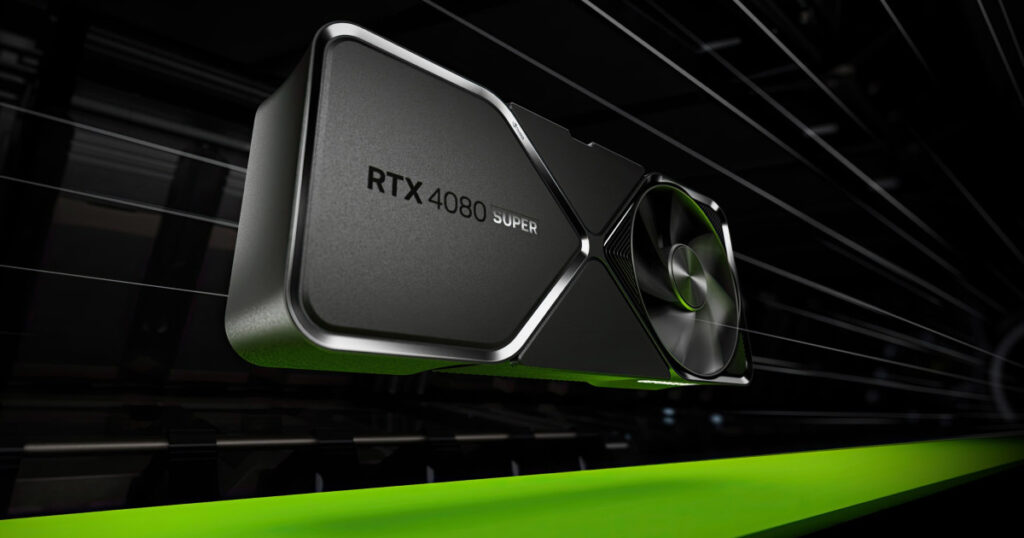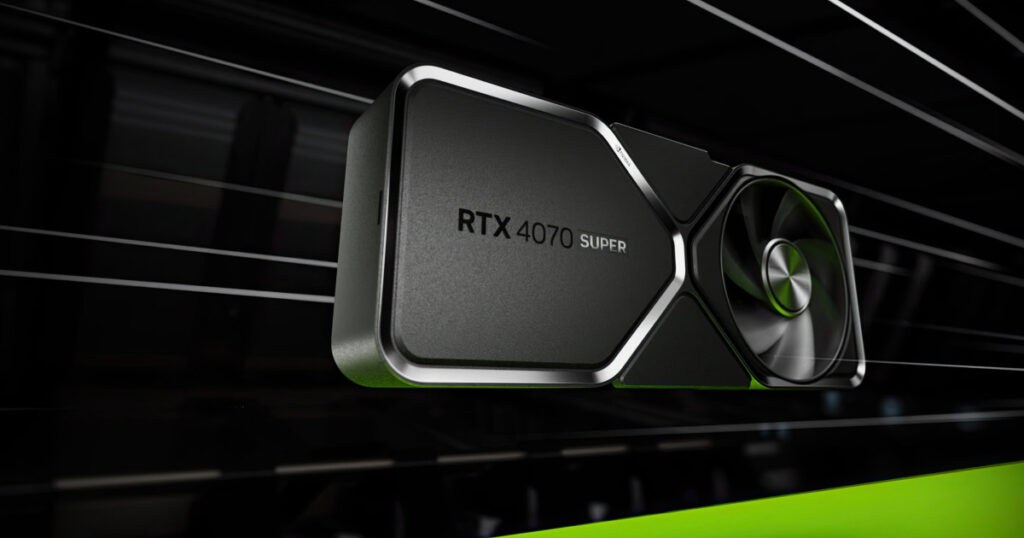The seventh generation of WiFi is in the works. Here’s what you need to know.
WiFi 7 explained
WiFi may not be short for ‘wireless fidelity’, but it has come a long way since its wireless roots in 1997. Back then, max speeds topped out at 2Mbps. Fast-forward to more recent times, and WiFi 6 is capable of combined speeds up to 9,608Mbps, which is an incredibly healthy 19,216x upgrade over the original WiFi.
The thing is, WiFi 6 rolled out in 2019, which apparently makes it long enough in the tooth for WiFi 7 to already be in development, despite the six-year gap between WiFi 5 and WiFi 6. Here’s everything you need to know about WiFi 7, including speeds, equipment requirements and, most importantly, whether you’ll need it at all.
What is WiFi 7?
WiFi 7 is set to be the latest generation of WiFi technology. In the past, improvements have been made primarily to WiFi speed. Additional bands have also been added, with 2.4GHz and 5GHz the most common ones in the last decade or so, though the 6GHz band was introduced with WiFi 6E.
As you might hope from the latest generation of a technology, WiFi 7 is set to make improvements over the current reigning champs: WiFi 6 and WiFi 6E. The good news is that WiFi 7, like its previous generations, will be backwards compatible with earlier generations, meaning you don’t have to upgrade all of your devices if you’re an early adopter in the WiFi 7 router or modem-router space.
In terms of speeds, WiFi 7 is predicted to be up to four times faster than WiFi 6. More than just a one-speed pony, WiFi 7 also pledges to support more devices with lower latency alongside stability and efficiency improvements. According to Intel, WiFi 7 is slated for launch in 2024. That said, TP-Link has jumped the gun and already started launching WiFi 7 networking gear in early 2023.
For an idea of how WiFi 7 compares to older WiFi generations, check out the table below.
How is WiFi 7 better than previous WiFi generations?
WiFi 6 promised big improvements over WiFi 5, but outside of speed and the introduction of the 6GHz band with WiFi 6E, the upgrade wasn’t as impressive as the leap from WiFi 4 to WiFi 5. Thankfully, that’s set to change with WiFi 7 in a few key areas.
For starters, WiFi 7 will offer all three bands at launch: namely, far-reaching 2.4GHz, faster 5GHz and fastest 6GHz. The bigger improvement here is the available bandwidth, which goes up to 320MHz from the previous 160MHz cap. Multiplexing and modulation have also been upgraded, with the latest iteration of WPA security (WPA4) set to be part of WiFi 7.
So what does all of that tech talk mean in practical terms? By stuffing more data into each transmission, WiFi 7 devices will have access to faster speeds. The pledge is for seconds rather than minutes when it comes to WiFi transfers. For laptop users, expect speeds up to 5.8Gbps, which is around 2.4x faster than what WiFi 6 and WiFi 6E are capable of. Practically speaking, 8K video streams will be possible over WiFi 7.
Typically, WiFi devices connect on one of the available bands. WiFi 7 allows for simultaneous connectivity on two bands, which means faster aggregated speeds, lower latency and greater reliability. One of the goals of WiFi 7 is to offer Ethernet-like speeds, latency and reliability for wireless devices.
Do you need WiFi 7?
WiFi 7 isn’t officially out in the wild yet—except for TP-Link products—but it’s not an essential upgrade. Yet. The thing is, any new WiFi generation has a more complicated upgrade path than just buying a single WiFi 7 device. To enjoy the perks of WiFi 7, you need a WiFi 7 router or modem-router and WiFi 7 devices.
If you have one or the other, the WiFi generational perks will be capped at whatever the latest version is. For instance, if you use a WiFi 7 smartphone with a WiFi 6 router, the smartphone will only be capable of WiFi 6 speeds. The same is true if you have a WiFi 7 router but are only using WiFi 6 devices at home.
This makes upgrading every wireless device in the home to WiFi 7 a costly exercise. The best bet is to wait for natural upgrade paths, namely updating your devices as you normally do, then investing in a WiFi 7 router or modem-router at a later date. Alternatively, if you happen to upgrade to a WiFi 7 router or modem-router, you have a future-proofed piece of networking equipment that will keep up with any future WiFi 7 device upgrades.
WiFi 7 FAQs
There sure is a WiFi 7, and it’s slated to officially launch in 2024 but TP-Link already has networking gear available in early 2023. That means you can expect WiFi 7 devices and networking equipment to roll out in 2024, too.
No, at the time of writing, the release date for WiFi 7 was set for 2024, but networking manufacturer TP-Link had plans to launch WiFi 7 equipment in early 2023.
At this stage, Ethernet is still the fastest and most reliable connection between router and device. That said, the lower-latency, faster-speed, greater-reliability pledges for WiFi 7 should bring wireless connectivity closer to Ethernet.
Related Articles




